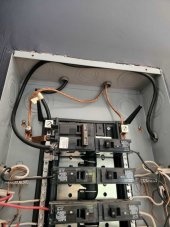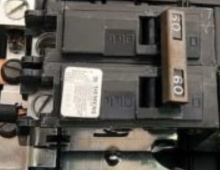ron_jeremy
New Member
From looking inside the breaker panel I'm pretty sure my home is 120V only (not 120/240V). This makes sense because our inverter is a 120V-only Trace Engineering SW4024 (24V) and also because there are no 240V appliances or power outlets in the house.
I have plans to switch over to 48V but many inverters I'm interested in are 120V/240V. Are there any inherent disadvantages or issues when using a 120/240V inverter in a home wired as 120V-only or is this not even possible/advisable?
I have plans to switch over to 48V but many inverters I'm interested in are 120V/240V. Are there any inherent disadvantages or issues when using a 120/240V inverter in a home wired as 120V-only or is this not even possible/advisable?





